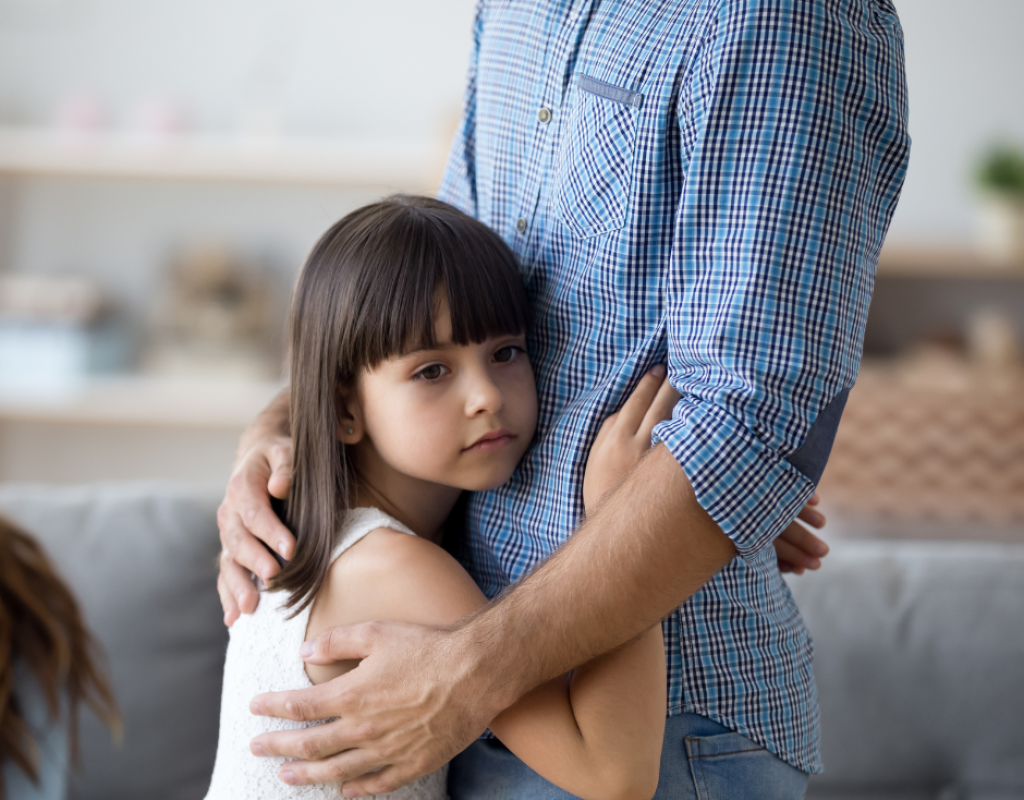It’s a conversation no parent wants to have—but in today’s world, it’s often unavoidable. When tragedies or frightening news events fill the headlines, your child may hear about them at school, from friends, via TV and/or social media, or even from overheard adult conversations. As pediatricians (and parents ourselves), we know how difficult it can feel to explain scary things to young minds while still helping them feel safe and secure.
Here are some compassionate, practical ways to guide your child through these tough conversations:
1. Start by Listening
Before offering explanations, ask your child what they’ve heard. This helps you correct misinformation, understand their emotional state, and meet them where they are. For younger children, you might say:
“Can you tell me what you’ve heard about what happened?”
For older kids and teens:
“What have you seen or heard about the news today? How are you feeling about it?”
2. Keep Explanations Simple and Honest
It’s okay to acknowledge that bad things happen, while emphasizing the steps people are taking to help. Focus on reassurance and security. For example:
“Sometimes people make harmful choices, and that can hurt others. But there are always helpers—first responders, nurses and doctors, teachers, and community leaders—working to keep everyone safe.”
Let your child’s age guide the level of detail. Preschoolers need basic reassurance; older kids may want more context.
3. Limit Media—and Social Media—Exposure
Even if your child isn’t watching the news directly, background images and overheard conversations can heighten anxiety. Consider creating media-free zones at home and limiting your own news consumption in front of children. Instead, focus on age-appropriate books, music, and outdoor play to restore a sense of normalcy.
For tweens and teens especially, remember that social media often plays a bigger role than traditional news. Apps like TikTok, YouTube, and Instagram can flood their feeds with alarming images, rumors, and misinformation. Algorithms tend to prioritize shocking content—not necessarily accurate content.
Encourage your child to:
- Take breaks from scrolling when feeling overwhelmed.
- Ask questions when something seems confusing or extreme.
- Bring concerning posts to you for help in sorting fact from fiction.
A gentle reminder that not everything they see online is true can go a long way. Work together to establish healthy boundaries around media and social media use.
4. Offer Emotional Vocabulary
Sometimes, kids don’t know how to name what they’re feeling. Help them by offering words: scared, confused, worried, sad, angry. You might say:
“It’s okay to feel worried after hearing something like that. I feel that way sometimes too.”
Normalizing their emotions helps children feel less alone and more understood.
5. Reassure Them About Their Own Safety
Even if a tragedy happened far away, children may worry about their own world. Remind them:
“You’re safe right now. We’re here to take care of you. Our home and school are safe places.”
If your child voices specific fears, validate their feelings while offering grounded reassurance.
6. Model Calm and Confidence
Children often take emotional cues from adults. It’s okay to admit that you feel sad or unsettled—but do so calmly. Demonstrate healthy coping behaviors, such as taking deep breaths, talking things out, or stepping away from the news.
7. Encourage Acts of Kindness
Helping others can restore a child’s sense of agency and hope. Consider donating to a relief effort, writing thank-you notes to local helpers, or simply practicing kindness at school and home.
8. Keep Checking In
One conversation is rarely enough. As your child processes, check back in:
“How are you feeling today about what we talked about?”
Be patient. Some children may show delayed emotional reactions, while others may act out fears through play or behavior changes.
More Resources for Parents
Check out our prior blog for an age-appropriate guide to talking to your kids.
We encourage families to read this article from HealthyChildren.org for additional guidance:
Talking to Children About Tragedies and Other News Events
Final Thoughts
If your child seems particularly anxious, withdrawn, or overwhelmed, reach out to your pediatrician. We’re here to help you support your child’s emotional well-being—just as much as their physical health.
From all of us at South Riding and Farrell Pediatrics: you’re not alone in navigating these hard moments. Together, we can help our kids feel safe, supported, and loved.




